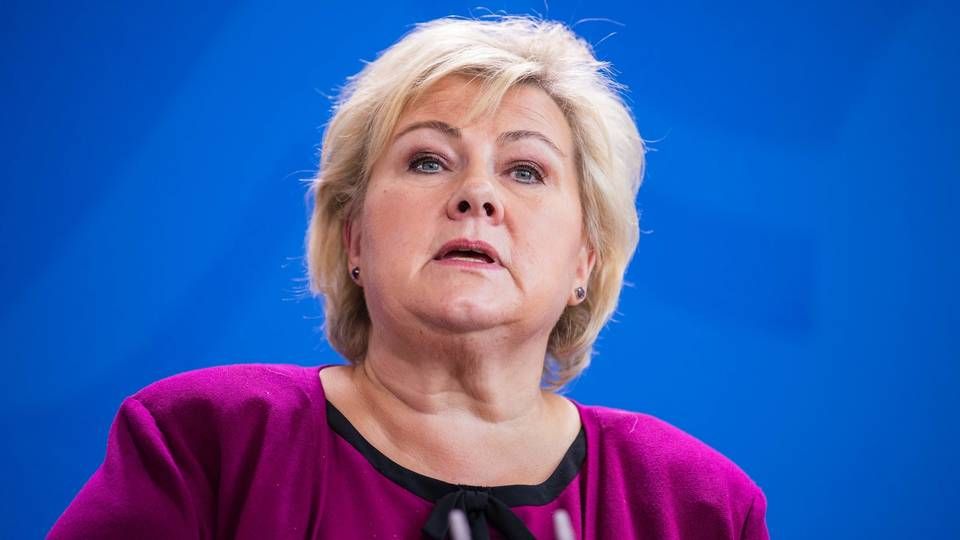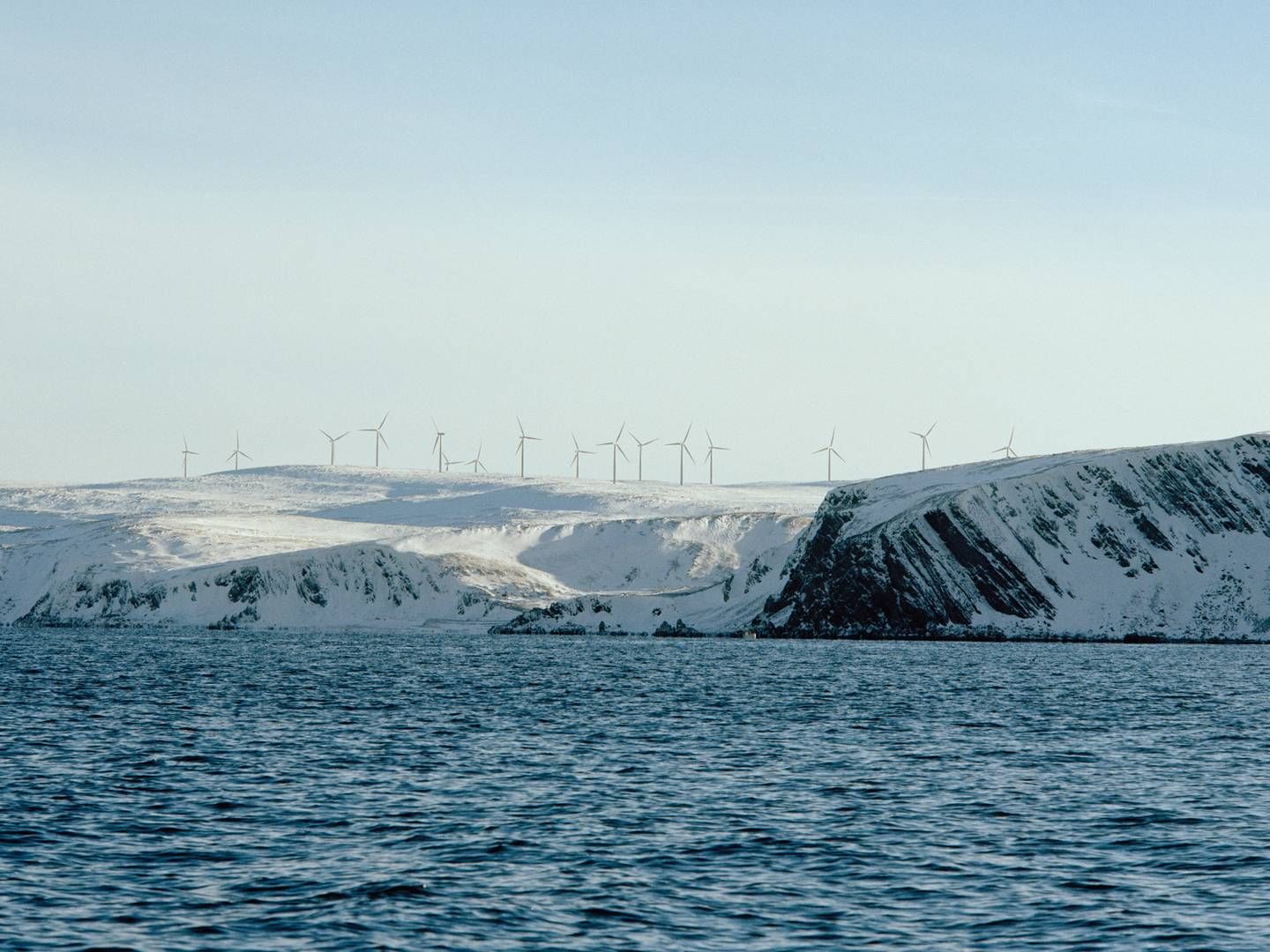Norway cancels wind expansion plan after political storm

Norway's national framework is shelved for good.
This happens after quite some time with massive popular resistance and clearly negative responses to the hearing. The consequence is that Norway won't have any national plan for expanding wind energy.
"This initiative was supposed to dampen any conflicts, and that hasn't been the case, seeing the answers we have received. As such, our current plan is to put away the national framework and say that we won't have any national framework," Prime Minister Erna Solberg tells state broadcaster NRK.
The basis of the plan was the Norwegian Water Resources and Energy Directorate's (NVE) recommendations on the 13 best-suited areas for wind energy expansion.
When the plan entered hearing, the directorate received about 5,000 responses ranging from somewhat to predominantly negative. And citizens weren't alone. Of the 56 responses from municipalities, 49 rejected the plan completely, while 3 municipalities were skeptical. Only 4 were positive.
Now the 13 best-suited areas are discarded, but according to PM Solberg, the public's reaction was based on a misunderstanding.
"It was never a plan for wind energy expansion. It was a plan for the best locations to place wind energy if applications were filed. But we're shelving that too," Solberg tells NRK, which conversely asks whether the process has been an example of poor political craftsmanship.
"It was an explicit question we posed in the hearing. Do you think such a framework contributes or not? Now we have the answers, which show that the plan is not viable. So this was an actual question inquiring into people's stances, and we have noted it," Solberg answers.
New guidelines
Minister of Petroleum and Energy Kjell-Børge Freiberg unveiled what will happen with the wind expansion following the failed framework.
But first, he would like to bust the myth that wind expansion is driven by foreign interests.
"I was in Düsseldorf the other day, where I saw the results of Statkraft using its competences to operate wind power plants throughout Germany. That part of the company currently employs 250 personnel. This is just one of many examples of the possibilities we have! So, when someone thinks we're controlled by foreign interests, like when a German pension fund invests in Norwegian wind energy, I will say: On the contrary, the power relation is quite the opposite," the minister said during his speech at the event Norges Energidager 2019.
Ministerial gloss aside, Freiberg presented four points, which the government says will improve the Norwegian licensing system.
The minister didn't put forth concrete proposals, but these points point toward nature considerations weighing more heavily in the future, a shortened time frame between awarding a license and beginning construction as well as stricter requirements for the placing of wind turbines.
Back to the Wild West?
However, if PM Solberg hopes to smooth out sentiments in the populace following the debate on more wind turbines, it probably won't be enough to scrap the national framework, says Lars Haltbrekken of political left-wing party Sosialistisk Venstreparti.
Haltbrekken worries that the government, in scrapping this plan, is reverting to a "cowboy" state, where wind turbines may be built anywhere.
"The answer is not to go back to the system where nature is broken down bit by bit. That's what's caused the big protests we've seen. That permission is given to wind power plants without any consideration for Norwegian nature as a whole," he says.
A turbulent year symbolized by Frøya
During the past year, the debate on wind energy has become increasingly polarized in Norway, where climate activists and nature lovers often stand on opposite sides of the fence.
For the past few months, the debate on wind turbines' "visual pollution", which opponents of wind energy and, increasingly, local politicians call the sight of wind turbines, has become more and more prominent in Norway.
The debate has to an increasing degree shaped political debates and featured in newspapers, while the physical world has seen demonstrations and even acts of sabotage against construction sites.
Wind farm Frøya, which will have a capacity of 60 MW upon completion, has been a symbol of all the fuss surrounding wind expansion.
Meanwhile, construction has ceased temporarily, and the municipality has tried to buy out developer Stadtwerke München. The core of the conflict surrounding Frøya has to do with construction permits, as Stadtwerke München used a six-year-old permit to install fewer, but significantly more powerful wind turbines.
This prompted the energy minister to herald restrictions on building permits. The Norwegian wind industry has called this effort political posturing and pandering to populists.
"This resistance [to wind energy] in Norway, I think, is very much a populist movement like the yellow vests in France," Øyvind Isachsen, chief executive at Norwea, told EnergyWatch in late August, when the restrictions were announced.
English Edit: Jonas Sahl Jørgensen
Norwegian wind sector calls restrictions political posturing
New analysis says popular resistance could petrify wind expansion
Related articles
Norwegian wind sector calls restrictions political posturing
For subscribers

















.jpg&w=384&q=75)






